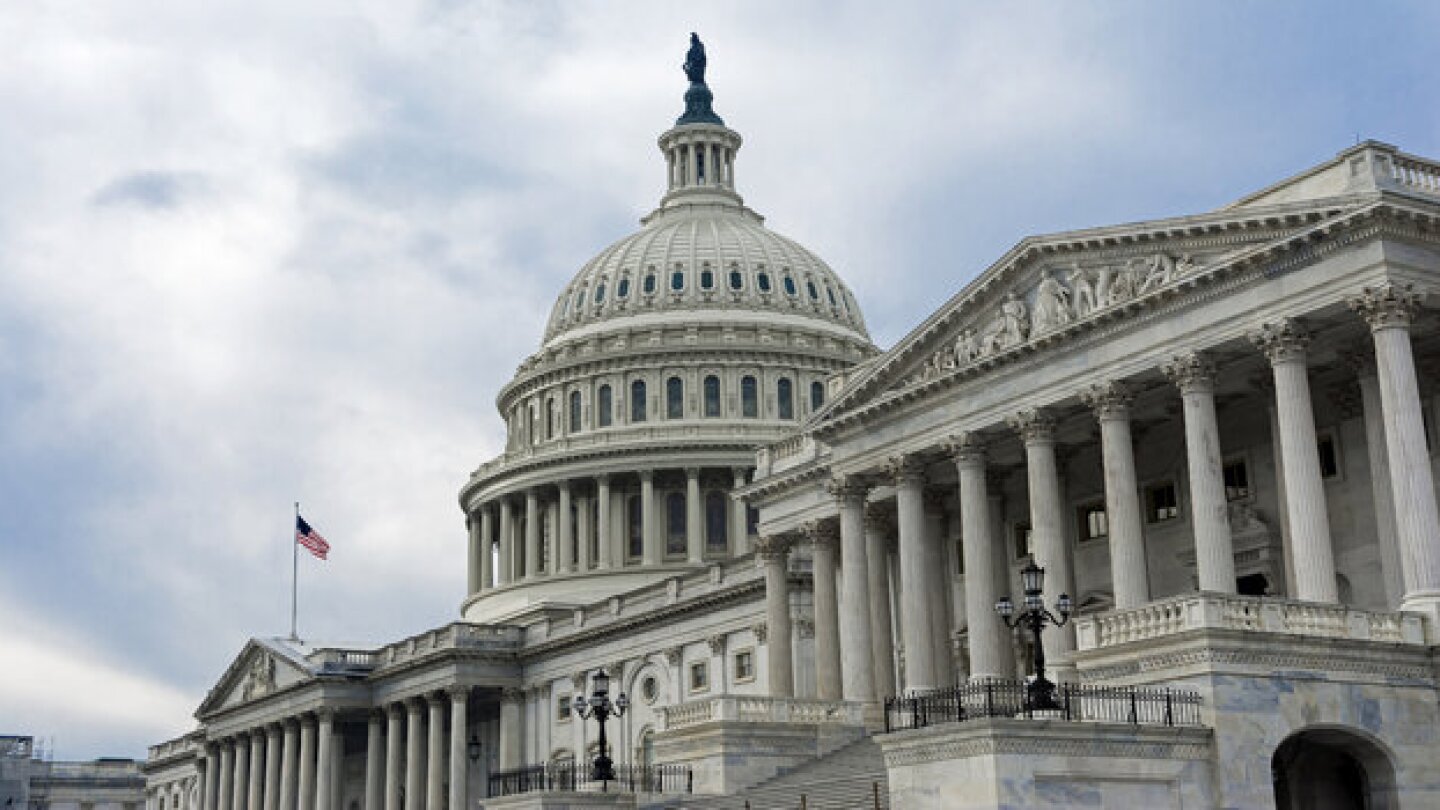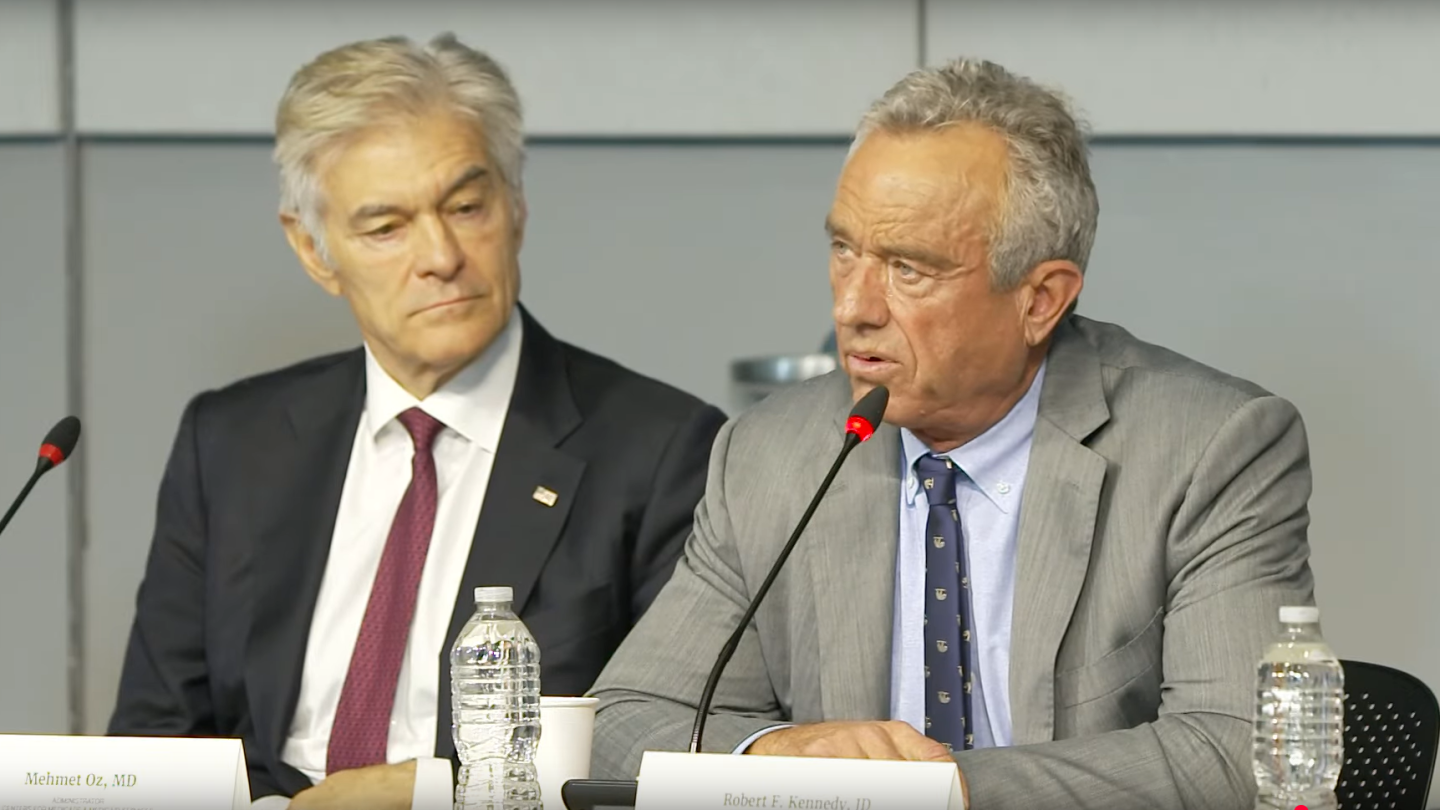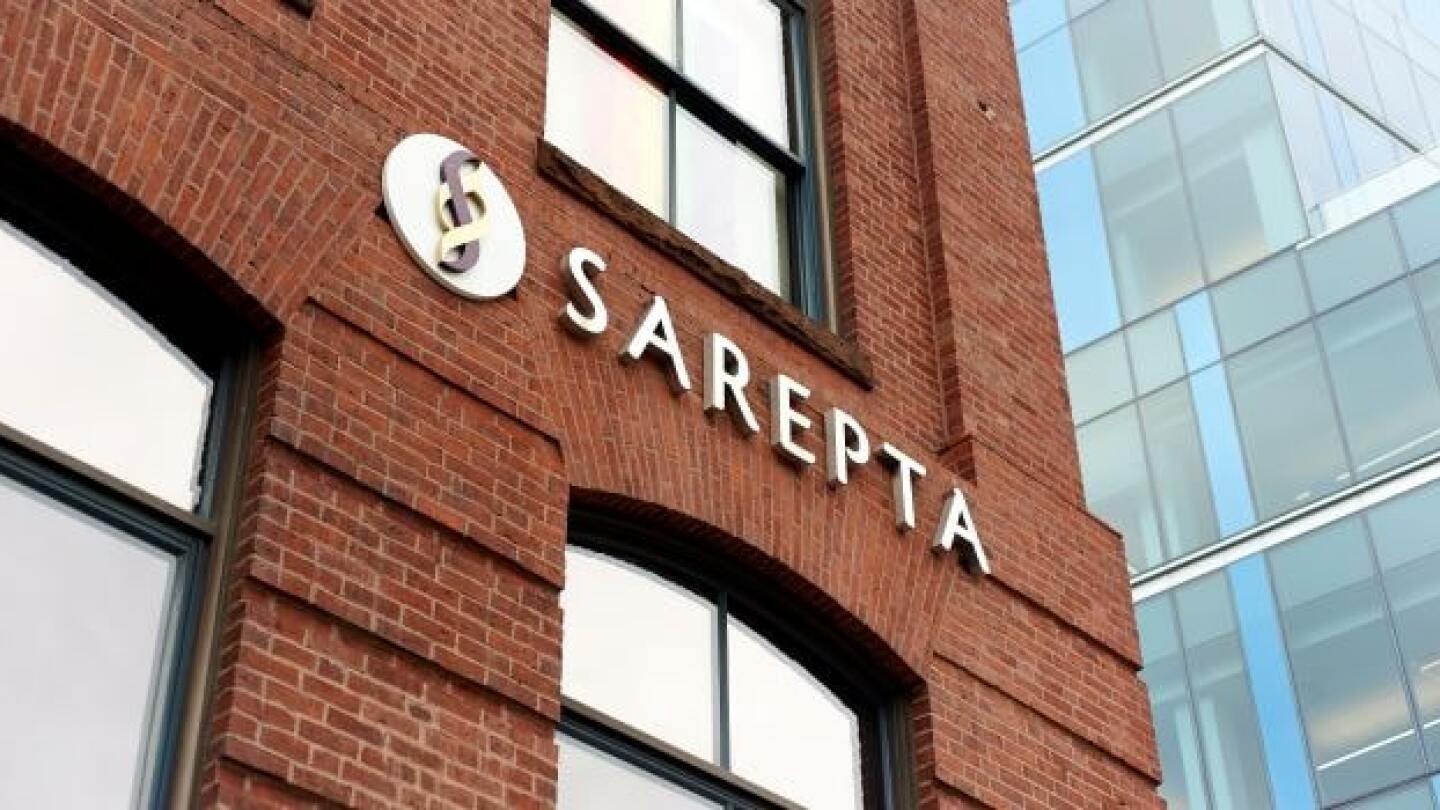Rare diseases
The Inflation Reduction Act includes an exemption for orphan drugs for a single indication, but experts say this is far from sufficient to maintain momentum in the rare disease space.
Harliku is the only FDA-approved drug for alkaptonuria, a rare condition characterized by skin discoloration, arthritis and heightened risks of heart failure and stroke.
The new version of the bill will still need to go through the entire House and Senate.
Empaveli reduced proteinuria by 68% versus placebo in glomerulopathy and glomerulonephritis, an effect that was sustained through one year of follow-up.
In a roundtable event on Thursday, HHS Secretary Robert F. Kennedy Jr. said his office will work to eliminate barriers that keep cell and gene therapies from the market.
The Platform Technology Designation, which predates the current FDA leadership, is designed to streamline the drug development and review process, particularly for rare diseases.
The FDA plans to “rapidly make available” rare disease drugs and make use of surrogate endpoints to get promising medicines to patients before they clear the traditional efficacy bar for authorization, Prasad said Tuesday.
Blueprint has a next-generation systemic mastocytosis treatment, called elenestinib, that Sanofi CEO Paul Hudson told analysts provides an “opportunity to grow through the ‘30s.”
Arguably the most notable of the FDA’s upcoming decisions is that regarding Gilead’s twice-yearly HIV prophylaxis lenacapavir.
Although the FDA has rejected Stealth’s new drug application for Barth syndrome candidate elamipretide, the agency identified a potential accelerated approval pathway. The company has pared down its staff to conserve resources to fund a potential resubmission.
PRESS RELEASES










